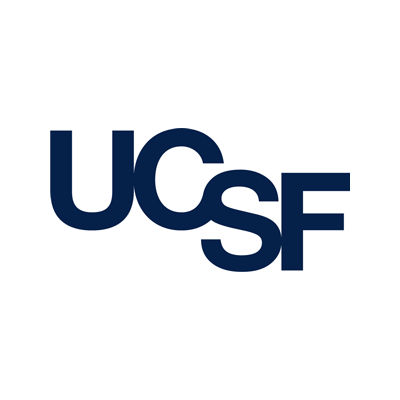Request Demo
Last update 08 May 2025
cruzain
Last update 08 May 2025
Basic Info
Synonyms- |
Introduction- |
Related
2
Drugs associated with cruzainTarget |
Mechanism cruzain inhibitors |
Active Org. |
Originator Org. |
Active Indication |
Inactive Indication- |
Drug Highest PhasePreclinical |
First Approval Ctry. / Loc.- |
First Approval Date20 Jan 1800 |
Target |
Mechanism cruzain inhibitors |
Active Org.- |
Originator Org. |
Active Indication- |
Inactive Indication |
Drug Highest PhasePending |
First Approval Ctry. / Loc.- |
First Approval Date20 Jan 1800 |
100 Clinical Results associated with cruzain
Login to view more data
100 Translational Medicine associated with cruzain
Login to view more data
0 Patents (Medical) associated with cruzain
Login to view more data
178
Literatures (Medical) associated with cruzain25 Mar 2025·Current Medicinal Chemistry
Target Selectivity of Cysteine Protease Inhibitors: A Strategy to Address Neglected Tropical Diseases
Article
Author: de Jesus Marinho, Washley Phyama ; Nascimento, Igor José dos Santos ; de Oliveira Rios, Éric ; de Moura, Ricardo Olimpio
01 Feb 2025·European Journal of Medicinal Chemistry
Nanomolar activity of coumarin-3-thiosemicarbazones targeting Trypanosoma cruzi cruzain and the T. brucei cathepsin L-like protease
Article
Author: Cardoso, Sílvia Helena ; Padilha, Emanuelly Karla Araújo ; Ferreira, Luiz Alberto Santos ; Nunes, Jéssica Alves ; Santos-Júnior, Paulo Fernando da Silva ; Gomes, Midiane Correa ; Giardini, Miriam A ; Freitas, Johnnatan Duarte de ; Silva, Elany Barbosa da ; Zhan, Peng ; Kaur, Yashpreet ; Costa, Clara Andrezza Crisóstomo Bezerra ; Teixeira, Thaiz Rodrigues ; Mendonça-Junior, Francisco Jaime Bezerra ; Siqueira-Neto, Jair L ; Stanger, Emily J ; Silva-Júnior, Edeildo Ferreira da ; Araújo-Júnior, João Xavier de ; Caffrey, Conor R
01 Dec 2024·Combinatorial Chemistry & High Throughput Screening
Molecular Dynamics of a N-Cyclohexyl-1,2,4-Oxadiazole Derivative as a Reversible Cruzain Inhibitor in Trypanosoma cruzi
Article
Author: Pinheiro, Cristian Vicson Gomes ; Marinho, Marcia Machado ; de Moura, Gabriel Acácio ; de Oliveira, Ronaldo Nascimento ; Nicolete, Roberto ; Rodrigues, João Pedro Viana ; Rocha, Yasmim Mendes
Analysis
Perform a panoramic analysis of this field.
login
or

AI Agents Built for Biopharma Breakthroughs
Accelerate discovery. Empower decisions. Transform outcomes.
Get started for free today!
Accelerate Strategic R&D decision making with Synapse, PatSnap’s AI-powered Connected Innovation Intelligence Platform Built for Life Sciences Professionals.
Start your data trial now!
Synapse data is also accessible to external entities via APIs or data packages. Empower better decisions with the latest in pharmaceutical intelligence.
Bio
Bio Sequences Search & Analysis
Sign up for free
Chemical
Chemical Structures Search & Analysis
Sign up for free


